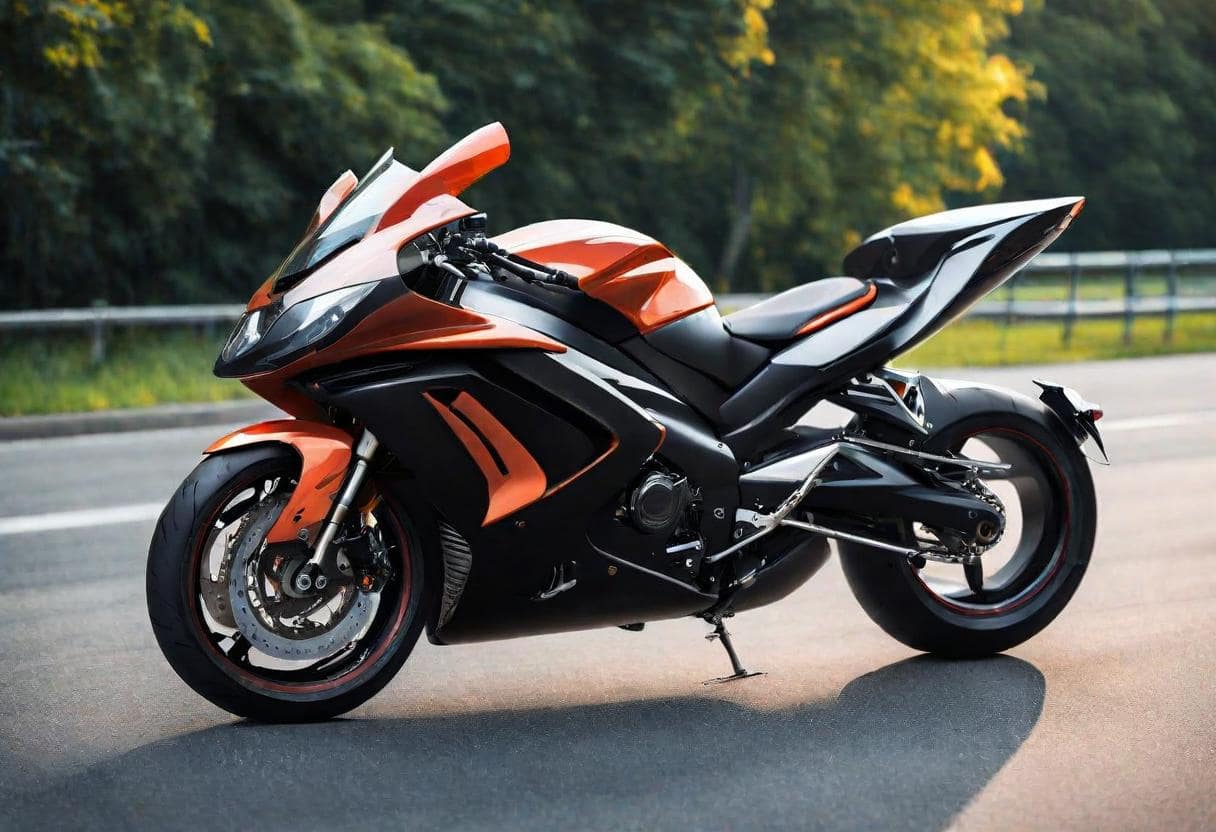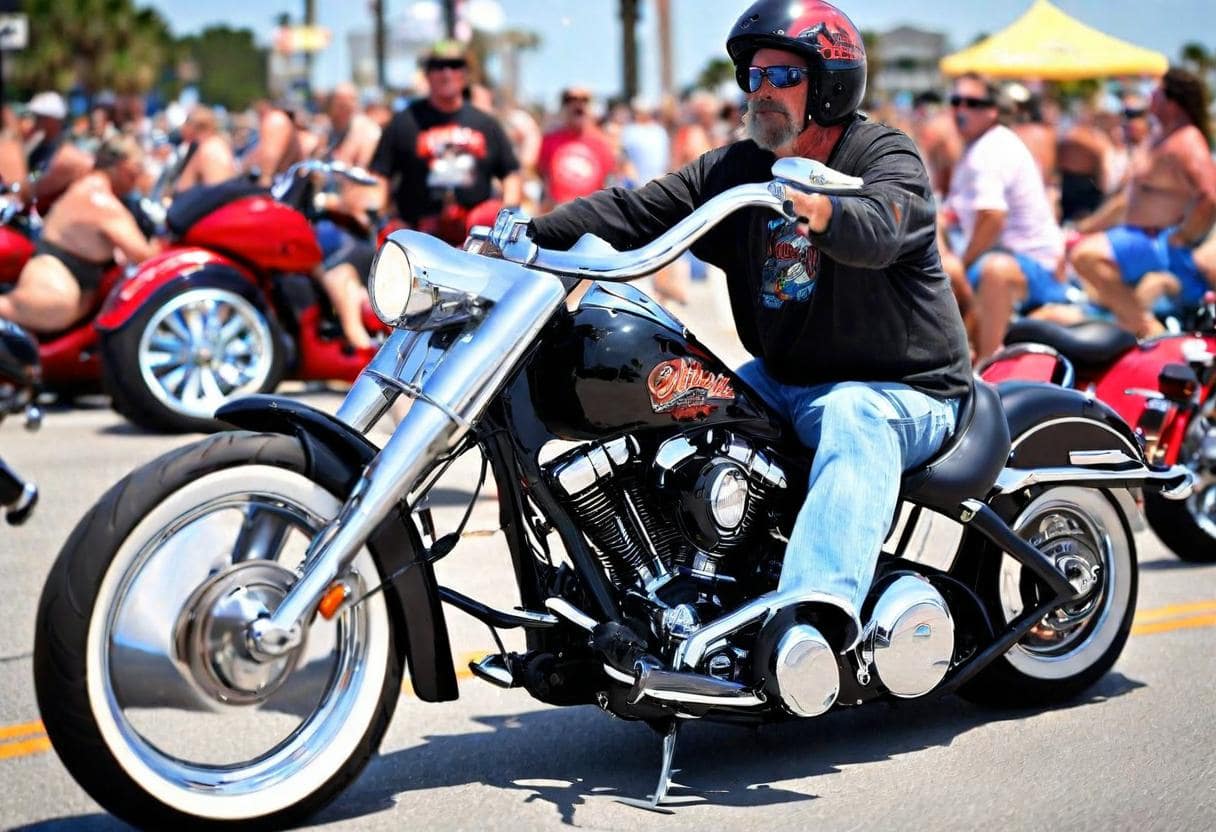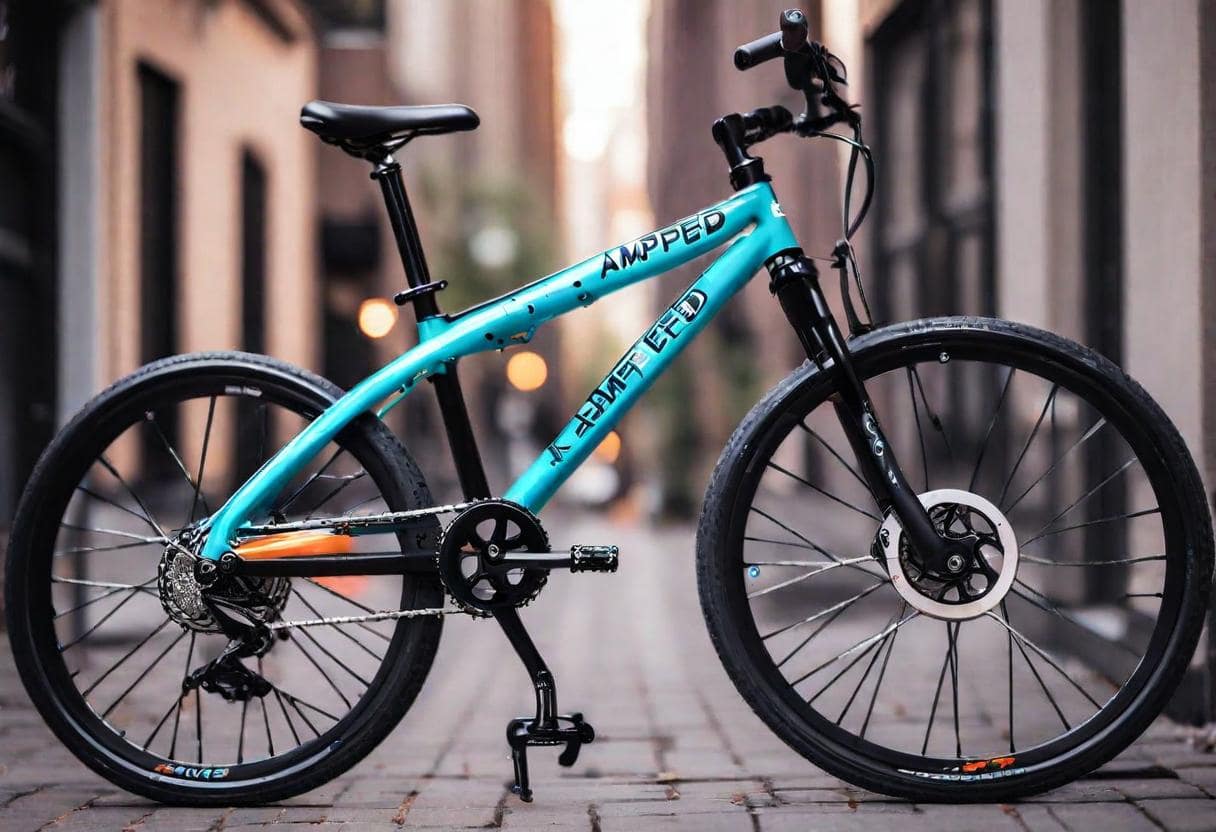Introduction to Trickle Charger for a motorcycle
Trickle chargers are indispensable tools for motorcycle enthusiasts, providing a reliable means of maintaining battery health and ensuring smooth starts every time you hit the road. These devices are designed to deliver a low, constant current to a battery, compensating for the natural self-discharge that occurs over time. Unlike conventional chargers, which deliver a high current for a short period, trickle chargers offer a gentle, continuous flow of power, minimizing the risk of overcharging and extending the lifespan of the battery.
How Trickle Chargers Work
Understanding the inner workings of trickle chargers is essential for appreciating their effectiveness in battery maintenance. These devices operate on the principle of float charging, whereby a small current is supplied to the battery to offset its self-discharge rate. By maintaining the battery at a steady state of charge, trickle chargers prevent it from losing power over time, ensuring it remains in peak condition for when you need it most.
Choosing the Right Trickle Charger for a motorcycle
Selecting the perfect trickle charger for a motorcycle battery requires careful consideration of several factors. Firstly, you’ll need to determine the type and size of your battery, as well as its voltage and capacity specifications. Additionally, consider whether you require a basic trickle charger or a more advanced model with additional features such as automatic shut-off and battery maintenance modes. By matching the charger to your specific needs, you can ensure optimal performance and longevity for your battery.

Connecting a Trickle Charger to a Motorcycle Battery
Properly connecting a trickle charger to your motorcycle battery is crucial for safe and effective charging. Start by locating the battery terminals and ensuring they are clean and free of corrosion. Then, identify the positive (+) and negative (-) terminals and attach the corresponding leads from the charger, ensuring a secure connection. Take care to observe the correct polarity and avoid any accidental short circuits. Once connected, plug in the charger and allow it to work its magic, monitoring the charging process periodically to ensure everything is proceeding smoothly.
Benefits of Using a Trickle Charger for a motorcycle
The benefits of using a trickle charger extend far beyond merely keeping your battery topped up. By maintaining a constant level of charge, trickle chargers help prevent sulfation, a common cause of battery failure, and extend the lifespan of the battery. Additionally, they eliminate the need for periodic recharging or jump-starts, saving you time and hassle in the long run. With a trickle charger in your toolkit, you can enjoy peace of mind knowing that your motorcycle battery is always ready to go.
How to Use a Trickle Charger Effectively
Using a trickle charger effectively requires more than just plugging it in and forgetting about it. To get the most out of your charger, start by determining the appropriate charging rate for your battery, taking into account factors such as its capacity and age. Then, establish a regular charging schedule based on your usage patterns, ensuring the battery remains adequately charged at all times. Finally, monitor the charging process periodically and make any necessary adjustments to ensure optimal performance and battery health.
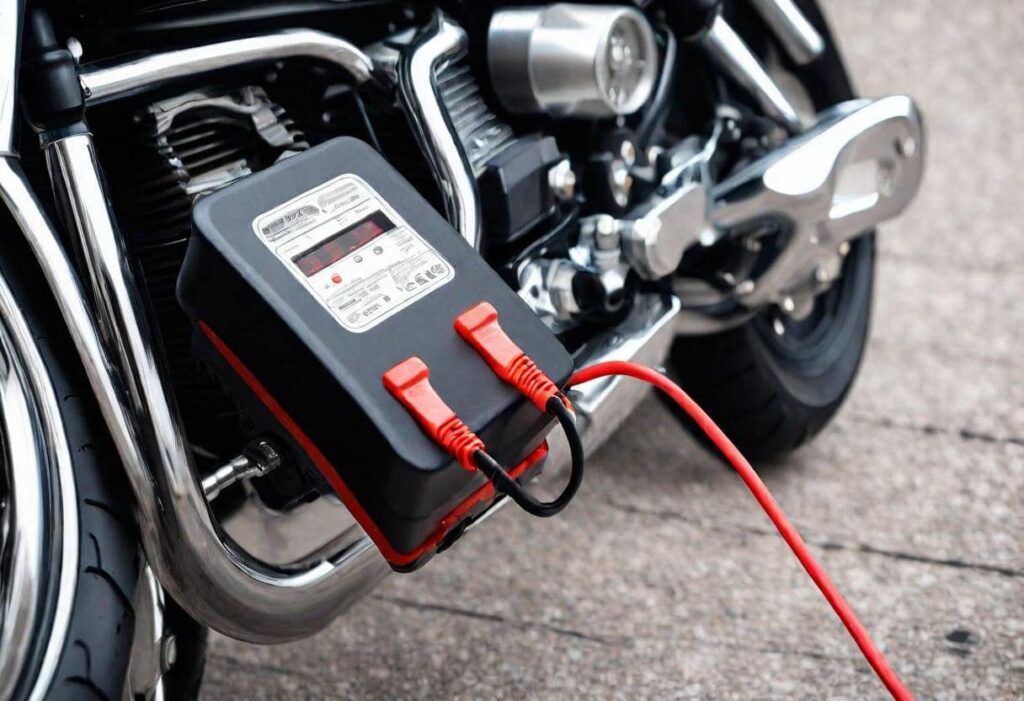

Common Mistakes to Avoid
While trickle chargers are relatively simple devices, they can be misused, leading to potential damage to the battery or charger. Common mistakes to avoid include using the wrong charger for your battery type, overcharging, and failing to monitor the charging process. Additionally, be sure to follow all safety precautions outlined in the charger’s user manual to minimize the risk of accidents or injuries. By educating yourself on these pitfalls, you can ensure trouble-free operation and maximum lifespan for your battery.
Maintaining Battery Health Beyond Trickle Charging
While trickle charging is an effective way to preserve battery life, it’s not the only aspect of battery maintenance. Regular inspections, cleaning, and testing are also essential for ensuring optimal performance and longevity. Be sure to check the battery terminals for corrosion regularly and clean them if necessary. Additionally, consider investing in a battery maintenance charger or desulfator to further extend the lifespan of your battery and keep it in peak condition.
Understanding Trickle Charger Safety
Safety should always be a top priority when working with electrical devices, and trickle chargers are no exception. To minimize the risk of accidents or injuries, follow all safety precautions outlined in the charger’s user manual. This includes using the charger in a well-ventilated area, away from flammable materials, and wearing appropriate protective gear such as gloves and safety glasses. Additionally, be sure to inspect the charger and its cables for any signs of damage before each use and replace any worn or damaged components immediately.
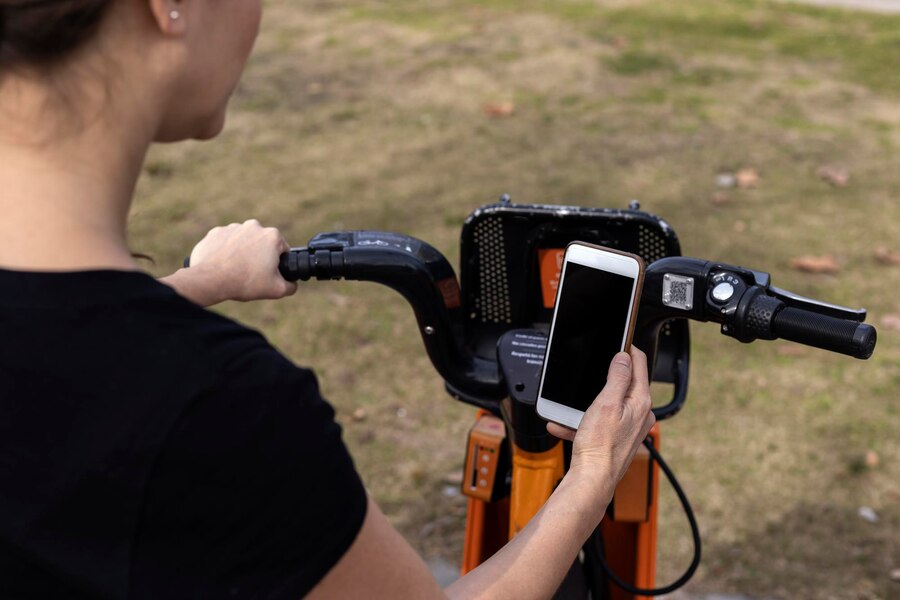

Reviews of Popular Trickle Chargers
When it comes to choosing the right trickle charger for a motorcycle battery, hearing from fellow riders can be incredibly helpful. There are several popular models on the market, each with its own set of features and benefits. One highly rated option is the Battery Tender Junior, known for its compact size and reliable performance. This charger is ideal for smaller batteries and comes with built-in safety features to prevent overcharging.
Another top contender is the NOCO Genius G3500, which offers a higher charging capacity and versatile compatibility with various battery types. Its advanced charging technology ensures fast and efficient charging while protecting against reverse polarity and short circuits. Additionally, the Schumacher SC1 is a popular choice among motorcycle enthusiasts for its affordability and ease of use. This charger is designed to automatically switch to float mode once the battery is fully charged, making it ideal for long-term battery maintenance.
Comparison Between Trickle Chargers and Battery Tenders
While trickle chargers and battery tenders serve a similar purpose, they differ in their charging methods and capabilities. Trickle chargers provide a constant low current to the battery, making them suitable for maintaining a steady charge over an extended period. On the other hand, battery tenders use a more sophisticated charging algorithm to monitor the battery’s condition and adjust the charging rate accordingly. This ensures that the battery remains at an optimal level without overcharging or undercharging.
In terms of versatility, battery tenders have the edge, as they can be used for a wider range of applications and battery types. They are also better suited for long-term storage, as they can automatically cycle on and off to maintain the battery’s charge level. However, trickle chargers are generally more affordable and straightforward to use, making them a popular choice for casual riders and DIY enthusiasts.
When deciding between a trickle charger and a battery tender, consider factors such as the size and type of your battery, as well as your charging needs and preferences. Ultimately, both options are effective tools for maintaining battery health and ensuring reliable performance from your motorcycle.


How often should I put my motorcycle battery on a trickle charger?
The frequency of putting your motorcycle battery on a trickle charger depends on several factors, including your riding habits, storage conditions, and the battery’s overall health. As a general guideline, it’s recommended to put your motorcycle battery on a trickle charger at least once a month, especially if you don’t ride your bike regularly or if it’s stored in a cold environment. This helps maintain the battery’s charge level and prevents it from losing power over time due to self-discharge. Additionally, if you notice any signs of a weak battery, such as slow cranking or dim lights, it’s a good idea to put it on a trickle charger more frequently to ensure it remains in top condition.
Is it OK to leave a battery on trickle charge overnight?
Leaving a battery on trickle charge overnight is generally safe, as long as you’re using a properly functioning trickle charger and following recommended charging guidelines. Trickle chargers are designed to provide a low, constant current to the battery, which prevents overcharging and minimizes the risk of damage. However, it’s essential to use a trickle charger with built-in safety features such as automatic shut-off or float mode to prevent overcharging. Additionally, make sure to place the charger on a stable, non-flammable surface and avoid leaving it unattended for extended periods. By following these precautions, you can safely leave your battery on trickle charge overnight and wake up to a fully charged and healthy battery in the morning.
Conclusion
In conclusion, trickle chargers are essential accessories for any motorcycle owner looking to prolong the lifespan of their battery and avoid unexpected failures. By providing a low, constant current to the battery, these devices help maintain optimal charge levels and prevent sulfation, a common cause of battery degradation. Whether you opt for a basic trickle charger or a more advanced battery tender, investing in a quality charging solution is an investment in the longevity and reliability of your motorcycle battery.
FAQs
Should I use a trickle charger on my motorcycle?
Using a trickle charger on your motorcycle is highly recommended, especially if you don’t ride your bike regularly or during the winter months. Trickle chargers help maintain the battery’s charge level by providing a low, constant current, which prevents it from losing power over time due to self-discharge. This is particularly important for motorcycles with smaller batteries or those equipped with advanced electronics that can drain the battery even when the bike is not in use. By keeping your motorcycle battery topped up with a trickle charger, you can avoid the hassle of dealing with dead batteries and ensure your bike is always ready to ride when you are.
How long should you trickle charge a motorcycle battery?
The duration of trickle charging depends on several factors, including the battery’s current state of charge and its capacity. As a general rule of thumb, it’s recommended to trickle charge a motorcycle battery for at least 8 to 12 hours initially, or until it reaches a full charge. After that, you can leave the trickle charger connected indefinitely, as long as it’s a smart charger that automatically switches to float mode once the battery is fully charged. This ensures that the battery remains topped up without the risk of overcharging, allowing you to maintain optimal battery health and prolong its lifespan.
How many amps should a motorcycle trickle charger be?
When choosing a trickle charger for your motorcycle battery, it’s essential to select one with the appropriate charging rate to avoid overcharging or undercharging. In general, trickle chargers for motorcycles typically have a charging rate of around 0.75 to 1.5 amps. This low current output is ideal for maintaining the battery’s charge level without causing any damage. However, it’s essential to check the specifications of your battery and consult the manufacturer’s recommendations to ensure compatibility with the charger. Using a trickle charger with the wrong charging rate can lead to battery damage or reduced performance, so it’s essential to choose wisely.
Is it safe to trickle charge a motorcycle battery indoors?
Trickle charging a motorcycle battery indoors is generally safe, as long as you follow proper safety precautions and use a charger designed for indoor use. However, it’s essential to ensure adequate ventilation to prevent the buildup of potentially harmful gases emitted during the charging process. Additionally, be sure to place the charger on a stable, non-flammable surface and avoid placing it near any heat sources or combustible materials. Regularly inspect the charger and its cables for signs of damage or wear, and disconnect the charger immediately if you notice any abnormalities. By following these guidelines, you can safely trickle charge your motorcycle battery indoors and maintain optimal battery health without any risks.
Recent Posts:
Also read





